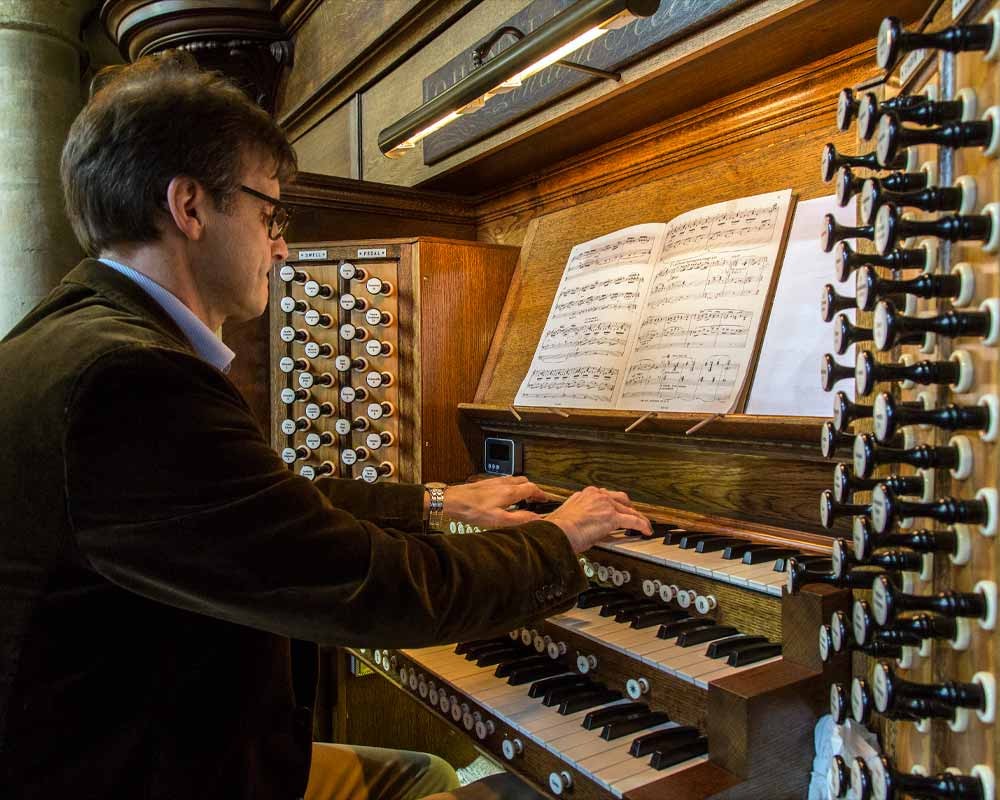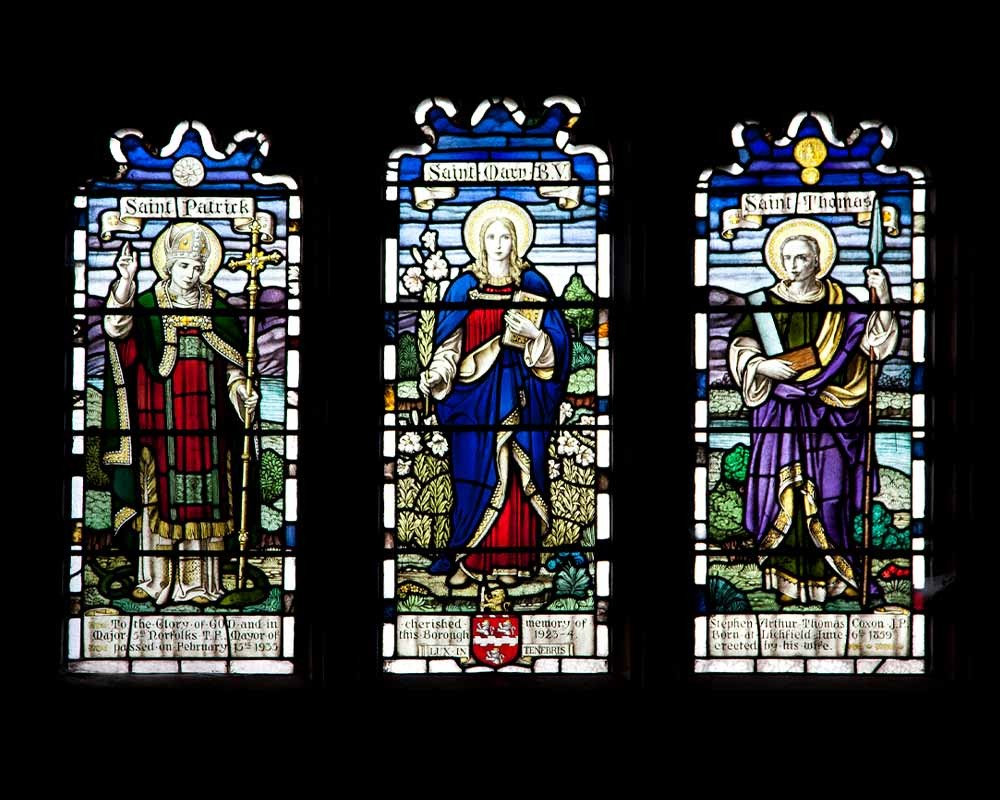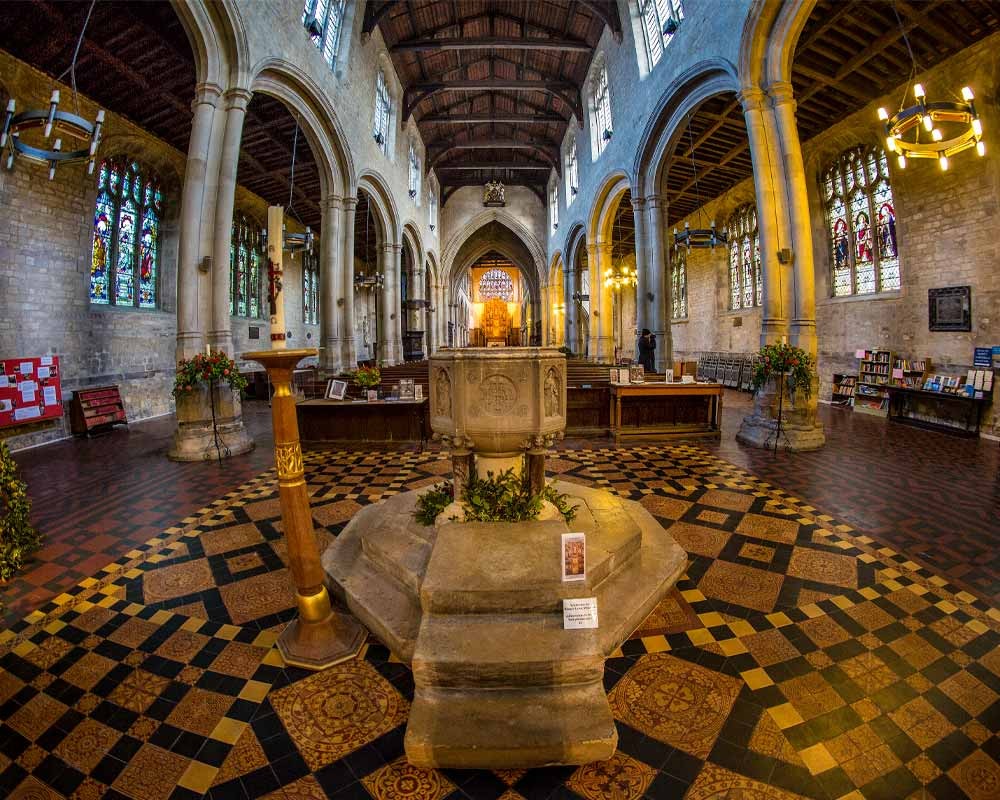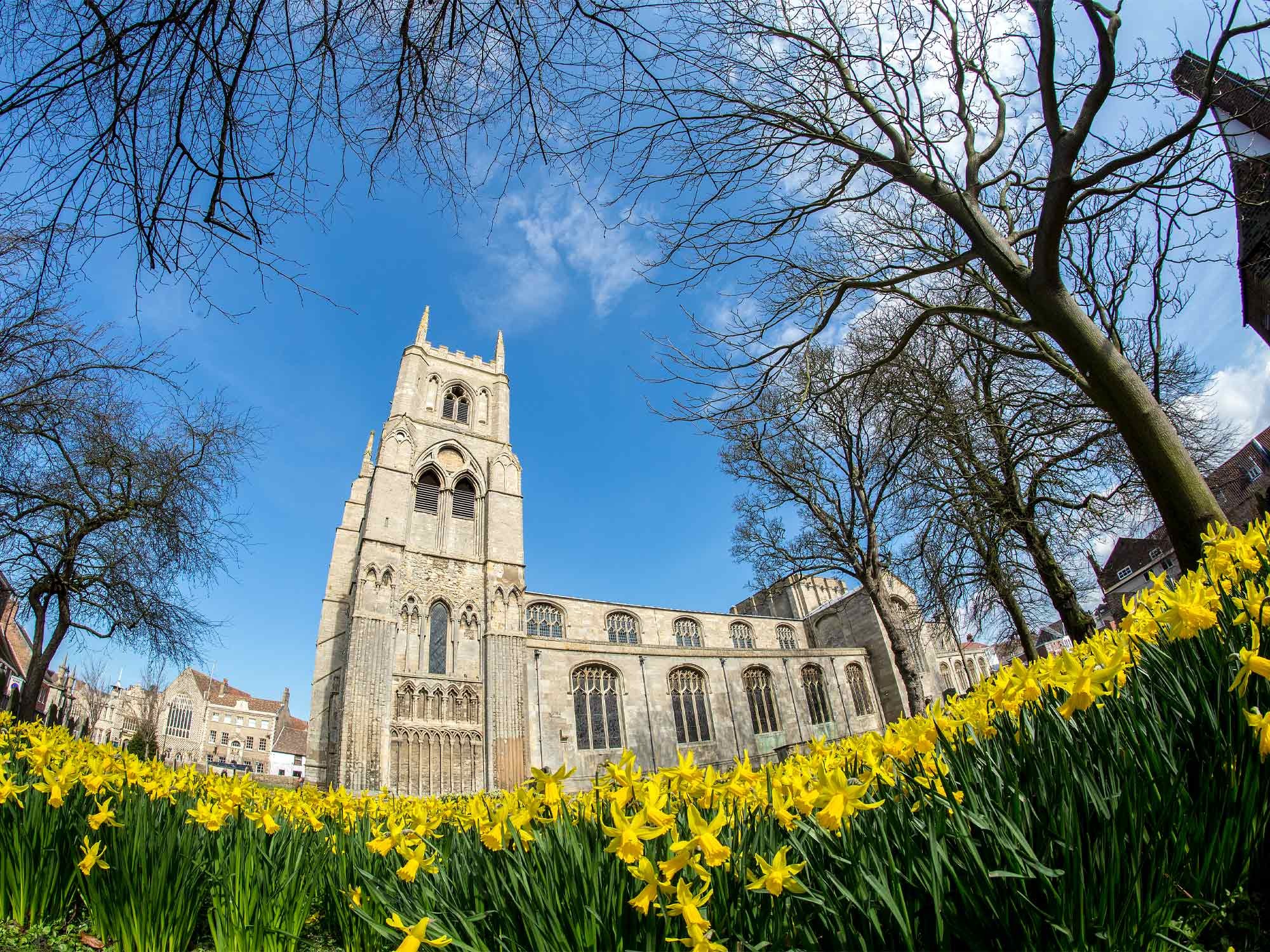
The Minster, King's Lynn
It’s been the defining feature of the skyline of King’s Lynn for almost a thousand years, and it’s played a central part in the life of the town and its people. KL magazine looks at the many wonders of the Minster...
Viewed from across the River Great Ouse, the twin towers of St. Margaret’s commands the skyline above King’s Lynn - perhaps fittingly, as the building of the church in 1101 created the town as we know it today. Granted the honorific title of ‘minster’ some 900 years later, it overlooks the historic quarter that grew up around it and contains a wealth of important (and often unique) treasures.
But life at this hugely impressive church hasn’t always been a bed of roses.
In 1643, with the town under siege from Cromwell’s troops, a cannonball shot from the opposite river bank at West Lynn destroyed the west window. Almost a century later in September 1741 a particularly violent storm brought down the 193ft spire and sent it crashing into the nave below. Its proximity to the river also meant the church was no stranger to high tides - a series of five stones on the stone pillar supporting the entrance porch marks the most serious floods since 1883. The highest (at an astonishing four feet) was recorded on 11th January 1978, when a tidal surge also destroyed the pier at Hunstanton and washed away over a half-mile of track of the Harbour Railway at Wells-next-the-Sea.
Passing this meteorological record in stone, the interior of the church is initially overwhelming - a suitably grand monument to nine centuries of King’s Lynn history.
At every niche and corner you’ll find a memorial of remembrance, until your eyes are drawn to the magnificent organ built by John Snetzler - one of the very finest in the whole country.
Beside it you’ll find the ‘Hoste Memorial’ commemorating one of Lord Nelson’s protégés and one of the great frigate captains of the Napoleonic wars - and after whom the famous Hoste Arms in Burnham Market is named.
The centrepiece of the pulpit is the four Hebrew letters signifying Jehovah - the most holy name of God among Jews. Close by, a cross commemorates the 20th anniversary of the release of Far East Prisoners of War and those who died in imprisonment - and which was presented by the King’s Lynn branch of the Far East Prisoner of War Association.
A memorial to the Royal Air Force sits in an altar in the nave, and was presented by the RAF Association in 1967.
Unique to the Holy Trinity Chapel is a bronze-coloured statue entitled ‘Refugee’ that was donated to the Minster by the artist Naomi Blake, whilst the Peace Globe is the focal point in the chapel of St. Edmund - it’s a quiet recess to light and place a candle at the heart of the globe; to pray, remember and reflect.
The church was founded in 1101 by Herbert de Losinga as a Benedictine priory dedicated to St. Margaret of Antioch, St. Mary Magdalene and all the Virgin Saints. The monks were granted a charter and for the next 400 years it became their home and the parish church of Lynn.
Entirely rebuilt in the 13th century it was subjected to continual improvements and additions until by the 16th century the church was considerably larger than it is today.
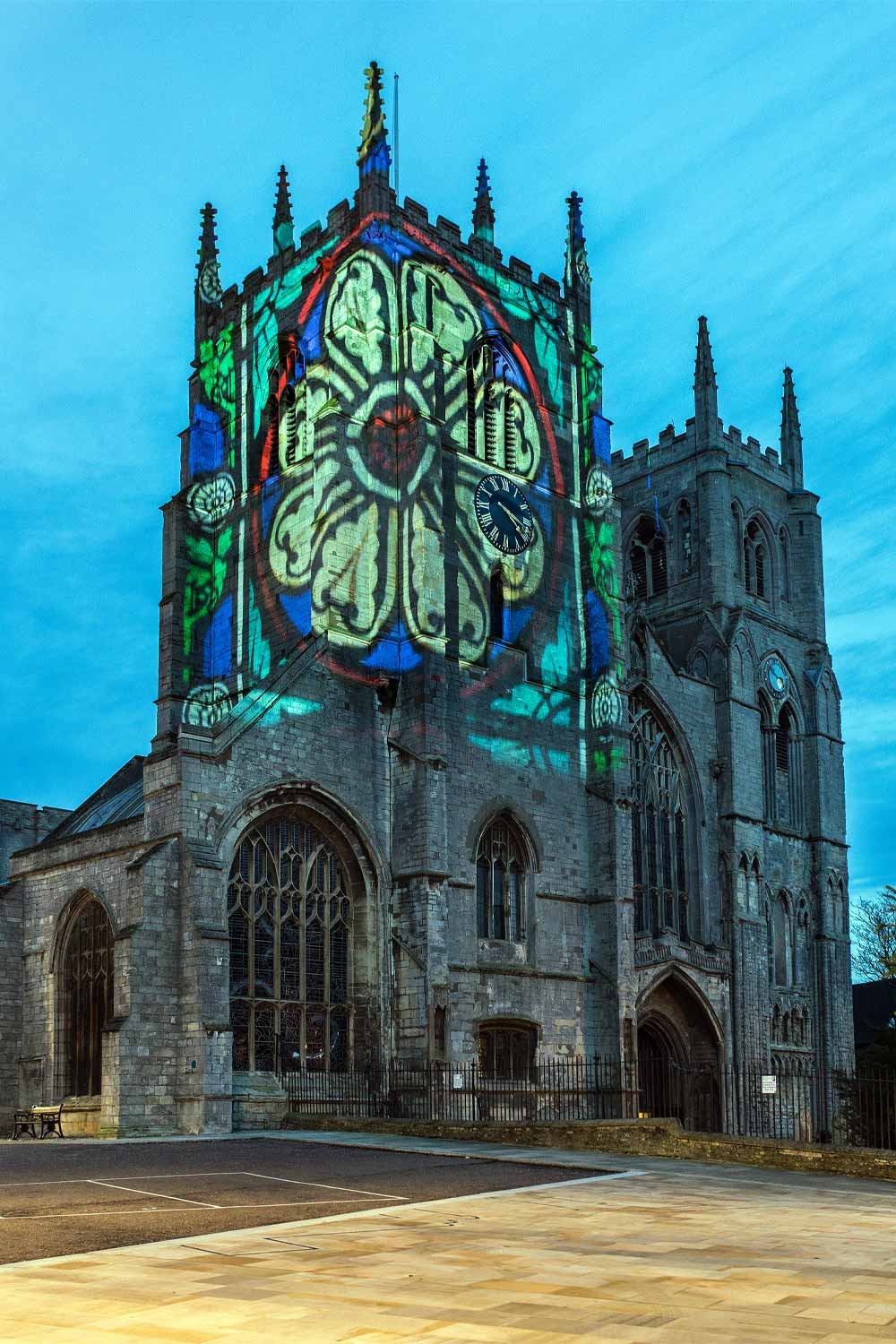
One of its most interesting external features is the Tide Clock (or Moon Dial) on the south tower, which was originally made by Thomas Tue in 1681 and marked the town’s high and low tides.
The church of St. Margaret’s was designated a Minster in 2011 by the Bishop of Norwich in recognition of the civic ministry it has offered to west Norfolk and surrounding diocese, and the 21st century has also highlighted the need for further repairs and embellishments to bring it up to modern safety standards.
In 2017, following an award of a Heritage Lottery Fund grant of £241,500 an appeal was launched to raise the shortfall of the total £872,000 cost. The improvement works are to enhance visitors’ enjoyment in learning more of the town’s history and the part played by the Minster at its centre - and the church recently announced that it already reached (and exceeded) the target.
It just goes to prove how much this wonderful building is valued by the community that grew up around it - and which continues to play such a central role in the life of King’s Lynn.
